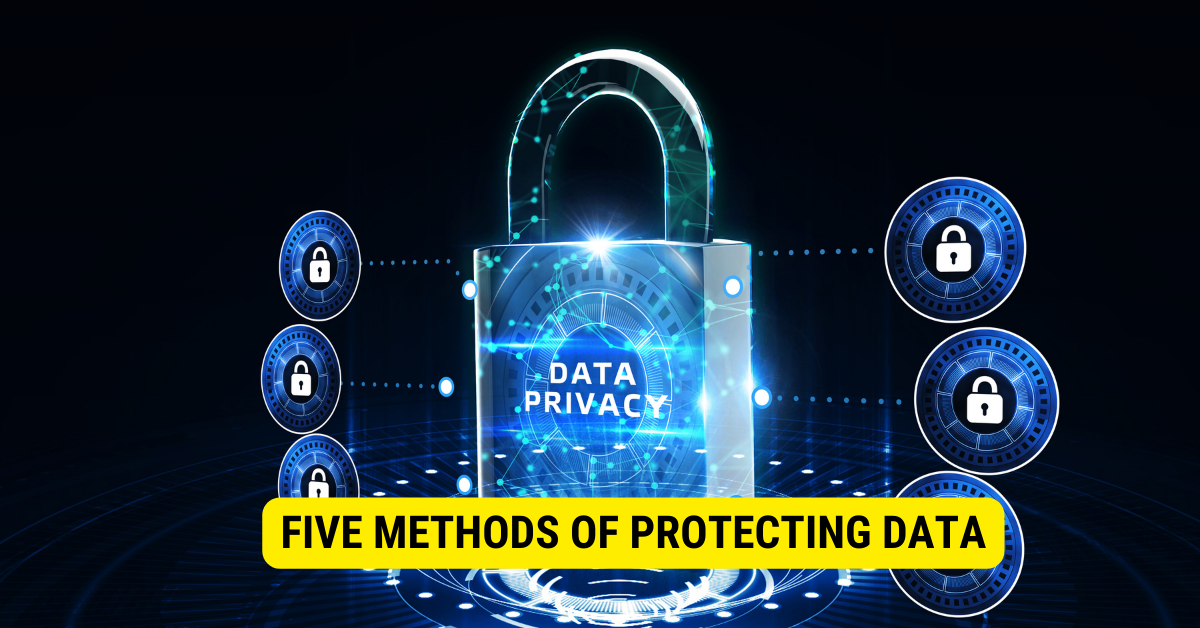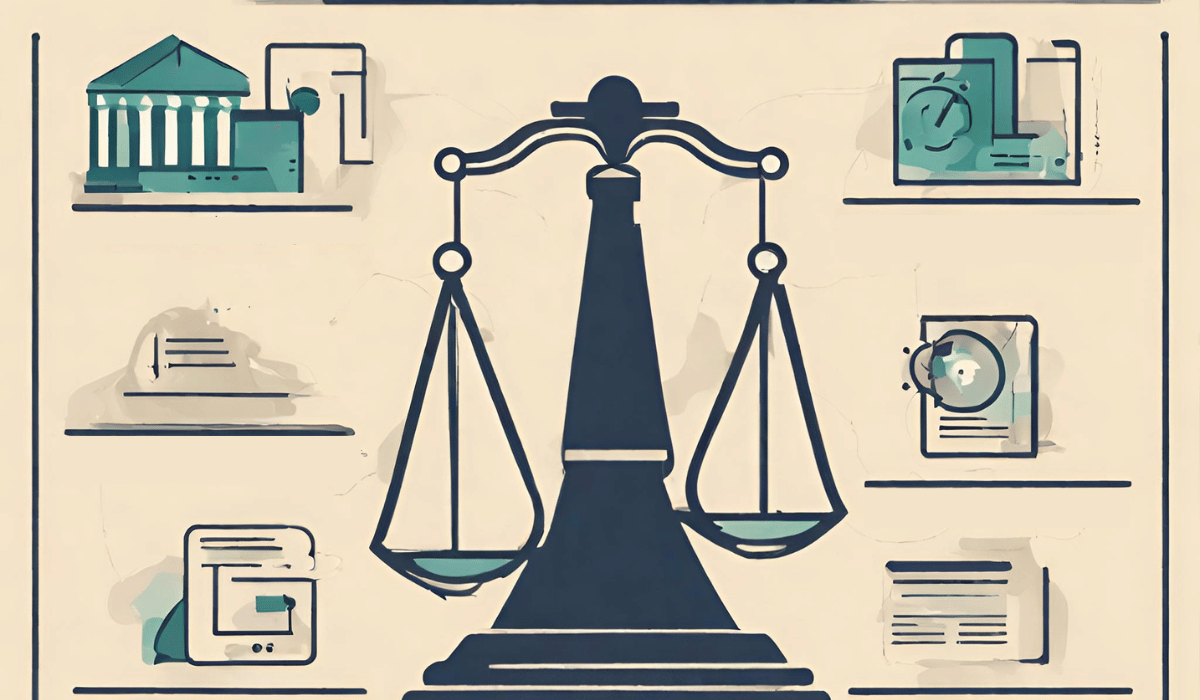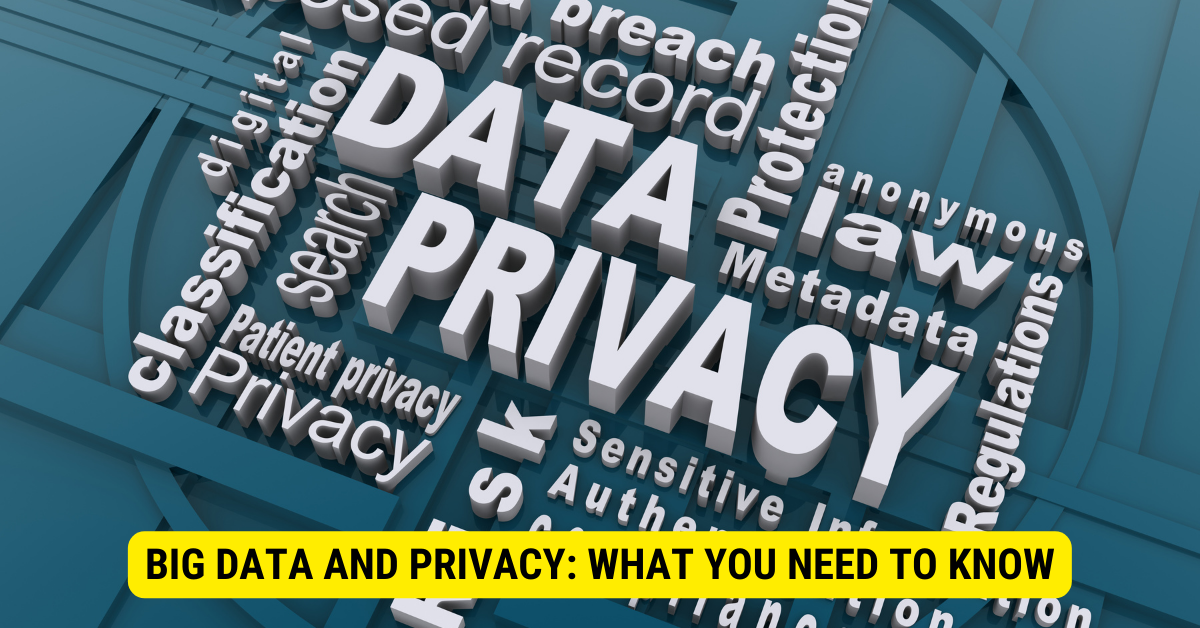The Five Practical Ways One Can Go About Protecting Privacy In Big Data are:
- Establish Strong Data Governance Policies
- Implement Encryption
- Invest in Robust Authentication Mechanisms
- Conduct Regular Security Training
- Have a Robust Incident Response Plan
In the digital age, protecting personal data is paramount, especially in big data, where vast amounts of information are collected and analyzed. Ensuring privacy is essential not only for individuals’ safety but also for building trust in data-driven initiatives. I will explore five practical ways to protect privacy in big data, empowering organizations to maintain data security and user confidence.
5 Best Practices for Big Data Security
1. Establish Strong Data Governance Policies
Data governance lays the foundation for data security. Organizations can regulate data access, usage, and protection by setting clear policies and guidelines. Regular audits help identify vulnerabilities, ensuring timely remediation and continuous improvement.
2. Implement Encryption
Encryption acts as a powerful shield for sensitive data. By converting information into unreadable code, even if it falls into the wrong hands, it remains indecipherable. Employ encryption at rest, when data is stored, and in transit while it is transmitted.
3. Invest in Robust Authentication Mechanisms
Strengthening authentication processes is crucial for preventing unauthorized access to data. Implementing multi-factor authentication, which combines passwords with biometric data or security tokens, adds an extra layer of protection, reducing the risk of breaches due to compromised login credentials.
4. Conduct Regular Security Training
Human error remains a significant contributor to data breaches. Regular security training and awareness programs for employees educate them about data security best practices, reducing the likelihood of falling victim to phishing scams or using weak passwords.
5. Have a Robust Incident Response Plan
Despite all preventive measures, incidents may still occur. A well-defined incident response plan ensures a swift and effective response to security breaches. This includes notifying authorities, containing the incident, investigating its cause, and taking measures to prevent future occurrences.
Big Data and Privacy: What You Need to Know
1. Embrace Transparency
Transparency is the cornerstone of building trust with data subjects. Organizations must communicate clearly and openly about their data collection practices. Individuals should be informed about what data is collected, for what purposes, and how it will be used.
2. Individual Control Over Data
Empowering individuals with control over their data is essential. Organizations should allow users to access and review their personal information, make corrections when necessary, and even request the deletion of their data in certain situations.
3. Obtain Explicit Consent
Before collecting personal data, organizations must obtain explicit consent from individuals. Consent forms should be clear and concise and provide information about data collection purposes and potential risks. Users should have the option to opt-out if they disagree with data collection.
4. Compliance with Privacy Laws
Familiarizing themselves with privacy laws and regulations is imperative for organizations. Complying with these laws ensures that data is collected, stored, and processed lawfully and ethically, reducing the risk of penalties and reputational damage.
5. Balance Data-Driven Innovation and Privacy
Striking the right balance between data-driven innovation and individual privacy is a challenge. Organizations must be cautious in collecting and using data, ensuring it serves a legitimate purpose without compromising personal privacy.
Five Methods of Protecting Data

-
Data Anonymization
Anonymizing data is a potent technique to safeguard privacy. By removing or modifying identifying information, data can be used for analysis without revealing individuals’ identities, protecting their privacy.
-
Privacy by Design
Privacy by design is a proactive approach where privacy considerations are integrated into the entire data lifecycle. By embedding privacy from the outset, organizations ensure data security becomes an inherent part of their culture.
-
Utilize Anonymization Techniques
Employ advanced techniques like k-anonymity and differential privacy to preserve data utility while anonymizing sensitive information. This way, organizations can derive valuable insights without compromising individuals’ privacy.
-
Strict Access Controls
Implement stringent access controls to limit data access to authorized personnel. User authentication, role-based access control, and data encryption are vital measures to prevent unauthorized data exposure.
-
Regular Monitoring and Auditing
Continuously monitoring data usage and conducting regular audits helps identify potential vulnerabilities. Proactive measures can then be taken to address any security breaches promptly.
Applying Data Privacy Laws and Regulations

-
Stay Compliant with Privacy Laws
Organizations must keep up-to-date with privacy laws and regulations relevant to their jurisdiction. Implementing robust policies and procedures based on legal obligations ensures data privacy and mitigates risks.
-
Conduct Thorough Risk Assessments
Comprehensive risk assessments enable organizations to identify potential vulnerabilities and develop appropriate safeguards. They can strengthen their data privacy measures by assessing risks associated with data collection, storage, processing, and transmission.
Key Takeaways
- Implement Data Minimization: Collect only necessary data to reduce risks and potential harm if data is compromised.
- Anonymize and Aggregate Data: Protect privacy by removing or obfuscating personally identifiable information (PII).
- Use Strong Encryption: Encrypt sensitive data in transit and at rest to prevent unauthorized access.
- Secure Data Access: Implement strict access controls and authentication mechanisms.
- Regular Auditing and Monitoring: Monitor data usage and user activities to detect privacy violations.
FAQs
What is data anonymization in big data privacy?
Data anonymization involves removing or altering personal identifiers from datasets, ensuring individuals’ privacy while allowing data analysis.
Can big data be completely secure and private?
Data complexity makes Complete security challenging, but strong measures significantly reduce risks.
Why is data minimization essential for privacy protection?
Data minimization reduces sensitive data collection, minimizing potential compromise.
Conclusion
Protecting privacy in big data is essential for responsible data usage. Organizations can safeguard personal data and maintain trust by following best practices, understanding privacy laws, anonymizing data, adopting privacy by design, and assessing risks. Prioritizing privacy ensures that big data analytics can continue to bring value while respecting individuals’ rights.

